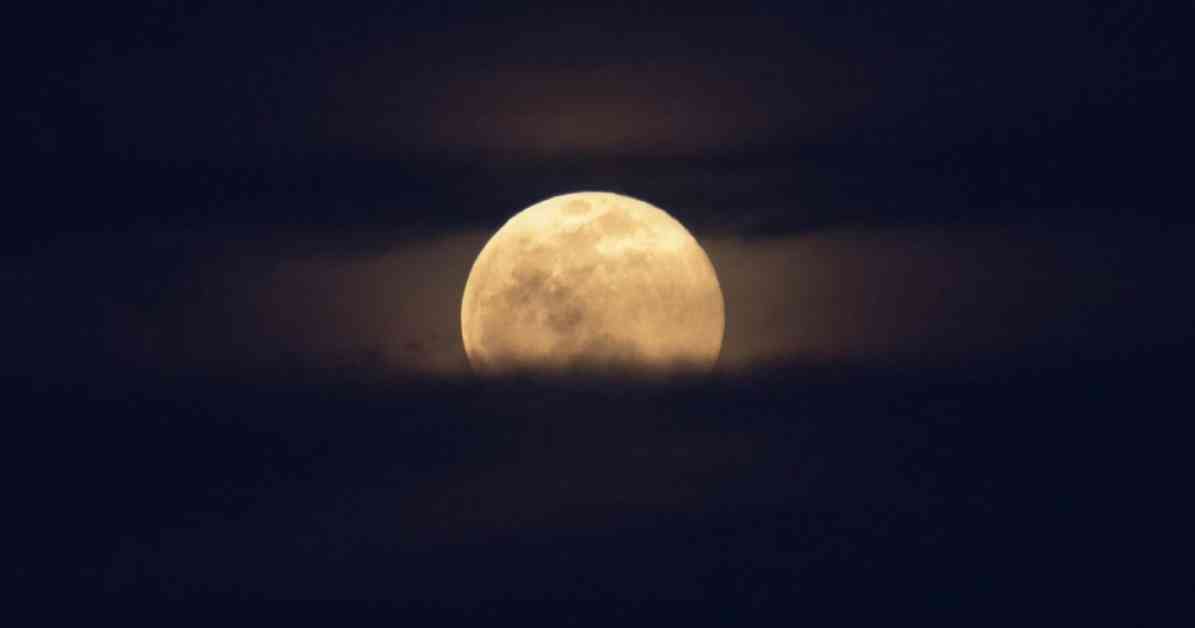Teams at the Johnson Space Center in Houston are currently working diligently to evaluate how to properly train for lunar surface operations during the upcoming Artemis missions. This crucial preparation is taking place in the Neutral Buoyancy Lab, where astronauts simulate weightlessness to practice for their missions to the Moon.
The next full Moon is set to be an extraordinary event, featuring a partial lunar eclipse, a Supermoon, the Corn Moon, the Harvest Moon, the Fruit Moon, the Barley Moon, and more. Scheduled for Tuesday night, September 17, 2024, at 10:35 PM EDT, this full Moon will be visible across different regions from Newfoundland and Greenland Time eastward across Eurasia, Africa, and Australia to the International Date Line.
During this time, the Moon will appear full for about three days, from Monday evening through Thursday morning. The partial lunar eclipse is expected to begin at 8:41 PM EDT, with the peak of the eclipse occurring at 10:44 PM. This event will mark the second of four consecutive supermoons, making it one of the closest and brightest full Moons of the year.
The Maine Farmer’s Almanac has attributed various names to the full Moon in September, including the Corn Moon by the Algonquin tribes in the northeastern USA, signifying the time for gathering staple crops like corn, pumpkins, squash, beans, and wild rice. Additionally, as the full Moon closest to the autumnal equinox, it is also known as the Harvest Moon, a name dating back to 1706.
For Hindus, this full Moon marks the end of Ganesh Chaturthi and the start of Pitru Paksha. Ganesh Chaturthi is a festival honoring the god Ganesha, known for removing obstacles and symbolizing new beginnings. Pitru Paksha, on the other hand, is a 15-day festival where Hindus honor their ancestors with rituals and offerings.
In other cultures, this full Moon corresponds with various festivals such as the Mid-Autumn or Mooncake Festival in China, the Reunion Festival in Korea, and the Honey Full Moon Festival in Bangladesh and Thailand. In Japan, it is celebrated as Imomeigetsu or the Potato Harvest Moon, where sweet potatoes are offered to the Moon.
Moreover, the full Moon falls at a significant time in many traditional calendars, such as the eighth month of the Chinese year of the Dragon, Rabi’ al-Awwal in the Islamic calendar, and Elul in the Hebrew calendar, marking a time of preparation for the High Holy Days.
In addition to the celestial events surrounding the full Moon, there is excitement surrounding Comet C/2023 A3 (Tsuchinshan-ATLAS), which is set to pass by the Sun on September 27, 2024. If the comet survives this close encounter and maintains its brightness, it could potentially be visible in the evening sky just after its closest approach to Earth on October 12.
As the comet brightens, skywatchers can expect to see it above the horizon before morning twilight begins from September 22 through October 4. The best time to observe the comet is expected to be in the evenings after October 12, as it moves away from the Earth and becomes higher in the sky.
Furthermore, meteor showers are predicted to peak during this lunar cycle, with minor showers expected to produce 5 or fewer visible meteors per hour. While these showers may not be very prominent, they add to the celestial spectacle during this time.
As we look ahead to the evening sky highlights, a notable event is the alignment of Saturn with the rising Moon on Monday night, September 16 to 17. This celestial pairing offers a stunning visual display in the night sky, highlighting the beauty and wonder of our universe.
In the mornings, Jupiter, Mars, and Saturn will continue to be prominent features, with the waxing Moon passing by these planets at various times. This celestial dance provides a captivating view for early risers and astronomy enthusiasts alike.
Overall, the upcoming partial lunar eclipse, Supermoon, and other celestial events offer a unique opportunity to witness the beauty and wonder of the cosmos. Whether observing the Moon, tracking the movements of planets, or hunting for comets, there is no shortage of celestial wonders to explore and appreciate in the night sky.













